What Is GMT Watch?
I’m sure some of you’ve had heard or read about GMT watch before but can’t quite understand what it means? GMT stands for Greenwich Meridian Time – that’s something we learnt in school – but what does it have to do with a watch?
To simply put it, GMT watches is any timepiece that shows a 24-hour time in addition to the normal 12-hour time of a normal watch. This 24-hour time can be set to GMT time (or UTC, to be scientifically correct) or just the 24-hour time of local timezone.
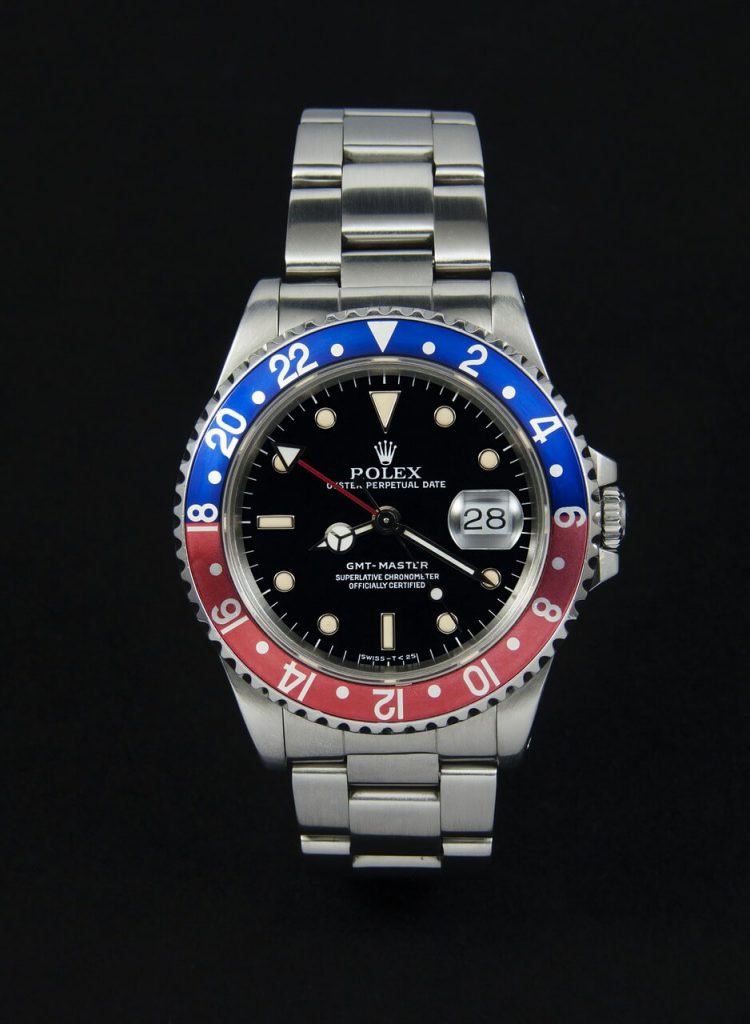
How can we talk about GMT watch without bringing the watch that started it all? Introducing the Rolex GMT Master with red/blue bezel. The dual color of the bezel is not just unique but also used to tell the current AM/PM for the GMT time
But before we go in depth about what is GMT watch, it’s function and how to use it, let’s have a brief introduction about GMT and the history of mankind’s time keeping system.
Introduction to Greenwich Mean Time (GMT)
It is a well known fact that the earth’s time is divided into 24 time zones which are 1 hour apart from each other. The time zones are based on the vertical stripes of the earth, each 15 degrees apart from each other when looking from a globe.
This is the basic of it but sometimes, politics do come in. Some countries that span 2 timezones would want to adopt just one time so that it will be easier for their administration purposes.
The GMT is basically the time zone zero or the common basis of all time zones. From the GMT time, the other time zones can be derived easily.
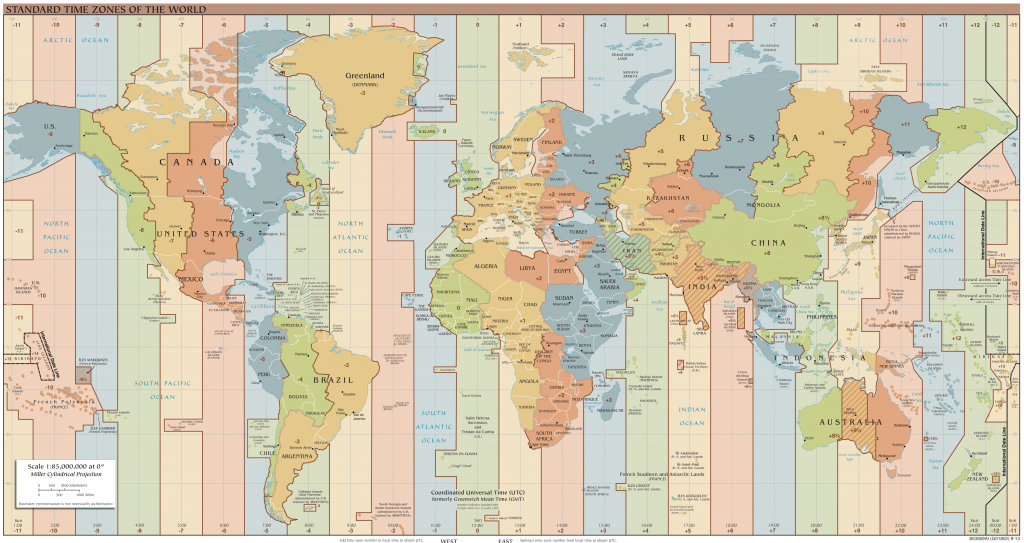
The currently used time zones around the world
For example, in New York which is inside the -5 timezone (or UTC -5:00), the local time is just 5 hours less than the GMT time. I.e if GMT time is 6 pm, then NY time is 1 pm.
But how does this GMT come to light? Who set it up?
History of GMT and Prime Meridian
It all began with the exploration of men using ships for long voyages hundreds of years ago. As men explore farther and farther, maps become an important tool to know where they are. But in an era without GPS, how do ships know their coordinate?
It all comes down to latitude and longitude.
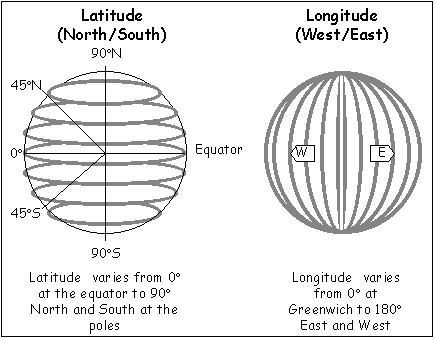
Simple diagram showing latitude and longitude
Latitude is the horizontal lines along the earth with the 0 degree or origin located at equator. At that time, latitude can be derived by using a device called sextant.
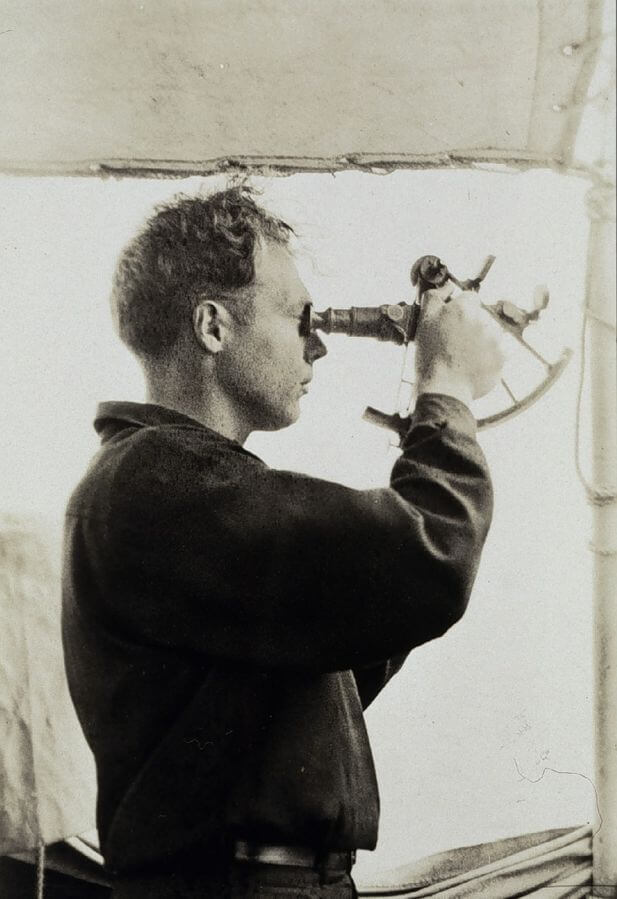
Usually shown in movies, sextant was actually a very important tool prior to the wide usage of GPS
By measuring the angle of the star Polaris to horizon, the latitude of the ship can be calculated. So far so good.
But longitude, vertical lines of the earth is also needed. Without that, the exact coordinate of the ship can’t be formed. Here is where GMT came into the picture.
Unlike latitude which has the equator, longitude doesn’t has a truly unique starting point for 0 degree. That’s when the Prime Meridian came in to set an arbitrary line as the 0 degree longitude line of the earth.
After much debate, Greenwich, London is chosen as the meridian location in 1884. Greenwich was chosen since it houses the British Empire’s Royal Observatory and this will make it easier for astrologers to determine noon (12:00) by observing the sun.
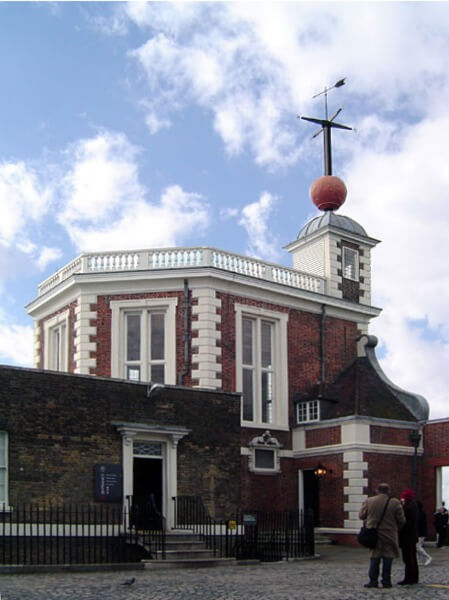
The United Kingdom Royal Observatory at Greenwich
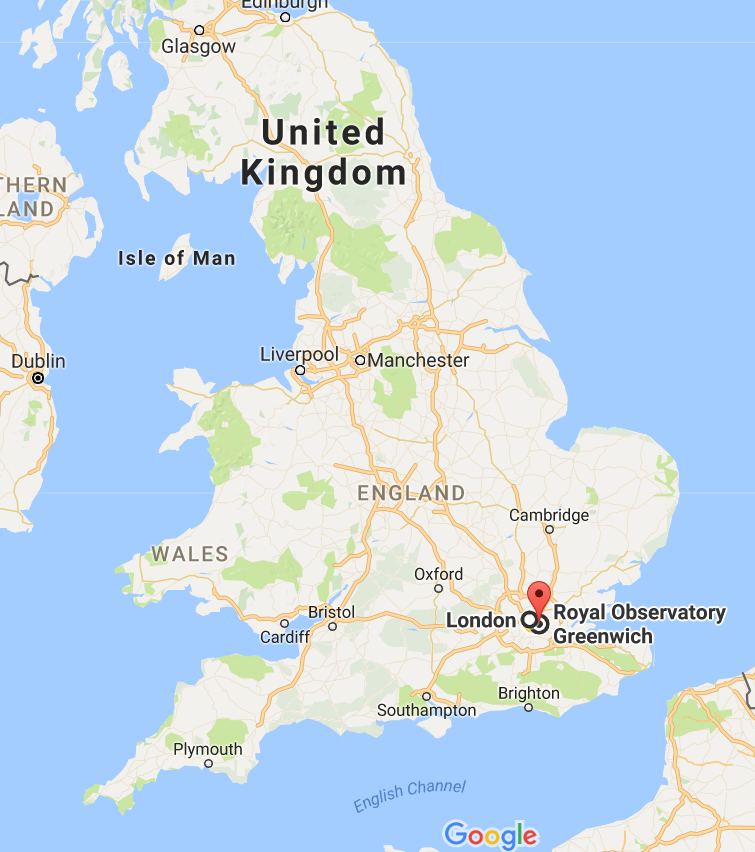
It’s not that far from London. Just some 10 miles from the city
From here on, the longitude can be calculated provided the ship has a clock with GMT time on board. The clock will show the time in Greenwich, which is 0 degree longitude.
By determining the local noon time of the ship from observing the sun, the time difference between the local time and GMT is found and the longitude angle is calculated.
This has greatly improved mankind’s sea voyages and helped expand the western civilization to the other parts of the world.
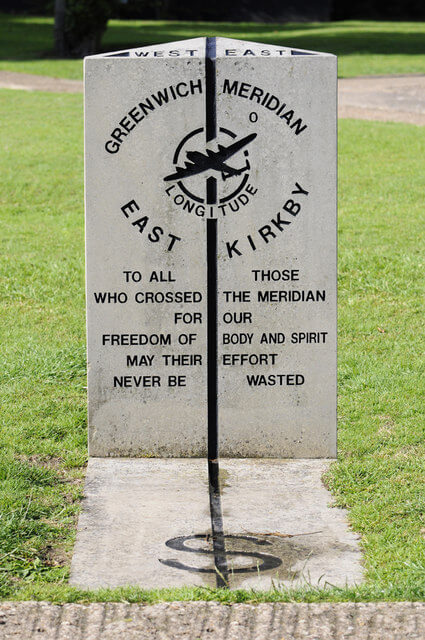
A stone marker showing the line of the Prime Meridian
Modern Day Coordinated Universal Time (UTC)
Coordinated Universal Time or UTC is the current standard for time keeping in earth nowadays. It’s actually the same thing as GMT. When someone talks about UTC and GMT, it usually means the same.
Zulu time on the other hand refers to GMT +0 or UTC +0, meaning the time at Greenwich.
But there should be more difference between these GMT and UTC than that right?
Yes, in a way, there are. But in my opinion, practical wise, the difference is not that much. It all comes down to how does the GMT and UTC times are set.
GMT is derived from the actual noon position of the sun on Greenwich, that is the high noon means it’s 12 noon.
This seems about right for some time until mankind realizes that the rotation of earth has some minor differences such as the sun won’t be straight up at noon everyday.
It all changed with the invention of atomic clock in 1950s which has unparalleled accuracy compared to the any watches at that time.
As such, the atomic clock time is used for timekeeping and UTC system is devised based on that. But in order to ensure no major disruption to the current timezone system around the globe, no major changes are made and UTC simply replaced GMT in all publications etc.
Which is why currently GMT and UTC is used interchangeably (same goes with watches too. you never heard of an UTC watch right? lol!)
The GMT Watch Nowadays
The military personnel and commercial aviation field were the first to wear GMT watches which show dual-timing. These people travel a lot, sometimes crossing different time zones at once and they need to always know the GMT or their local home time at any time.
GMT watch is creative and simple and involves no complexity and measuring time with a GMT watch is easy. Let’s have a look at the typical anatomy of a GMT watch.

A Breitling Avenger II GMT. One cool feature of any GMT watch is the addition of another GMT hand which make it more unique than normal watches
Anatomy of a GMT Watch
A GMT watch usually features:
- Minute hand
- Second hand
- 12-hour hand or normal hour hand: Displays local time and works just like any conventional watch. The hand will make a complete rotation once every 12-hours
- 24-hour hand or GMT hand: Displays 24-hour time and is usually has a different design and color than the other hands. Unlike the normal hour hand, this special hand will make a complete rotation once every 24-hours. So this means it can be used to show the 24-hour time format on the watch
- Bidirectional rotating bezel: Features major cities names, features 60 minute divisions, 360 degrees bearing or 24 hour markings
- Date window display
GMT Watch Functions And How To Use It
Basically, there are 2 main functions of a GMT watch plus one additional function depending on the watch’s design. Let’s take a look at the functions and how to read a GMT watch.
1. Showing the GMT/UTC/Zulu time
By far, the main function of a GMT watch is to show the time of GMT. This is easily achieved by the 24-hour hand which is set to GMT. The normal 12-hour hand is then set to the local time zone.
With this, you’ll be able to know at glance the local time (normal hour hand in 12-hour format) and GMT (GMT hand in 24-hour format). The date window (if any) is set to the local time for convenience.
When crossing time zones, the normal hour hand can be changed easily to refer to the current timezone.
This is the original purpose of the GMT watch and used widely by pilots, travellers, military men and others who need to know quickly what’s the GMT time right now.
Simple walk through on how to set up the time for a GMT watch. Shown in the video is the absolutely gorgeous Rolex GMT Master II black/blue bezel
2. Showing 24-hour time format
If you don’t feel the need to know GMT at all times, then you can always set the GMT hand to sync with the local time, but in 24-hour format.
Normal analog watches have this limitation of not being able to show the AM/PM condition right now. So this function will help to let you now whether its morning or evening since the GMT hand will show the time in 24-hour hand.
It’s quite useful by the way and complements the normal hour hand nicely as I believe this lack of AM/PM showing is one of the weakness of analog watches.
3. Showing Time For Different Timezones
Some GMT watches has a rotating bezel than has markings of 24-hour or major world cities. What this does is to enable to know what time is it at other time zones by a quick rotation of the bezel.
Above video shows how to use the GMT watch bezel on the GMT Master II to know the time in different time zones.
What Else Do You Need?
GMT watch is very functional and really help with knowing time zones in different locations but I really believe a basic knowledge of UTC time zones and how our time system works are definitely needed.
As you can see, the layout of a GMT watch is quite simple unlike the elaborate design of an electronic watch with many informations. As such, a good grasp of timezones and general knowledge will really help us to use this watch effectively and most importantly, correctly.
Because of this, using the bezel to show time at different timezones is not really required in my opinion.
For instance, Japan is UTC+9. So if my GMT watch shows the GMT right now is 11 am, I can easily subtract 9 from 11, so the Japan local time is 2 am right now. It’s simple arithmetic guys lol!
Final Thoughts And Who Should Own A GMT Watch?
GMT watch is a great invention to help people know about two time zones simultaneously. The 12-hour and 24-hour hands work simultaneously to track the local time and display Greenwich Mean Time or 24-hour time format depending on what you need.
They are definitely a very useful tool for pilots and other professions that require extensive travel around the globe.
And for normal people, it’s a really fun and cool watch to own =)
p/s: I’m seriously thinking of getting myself a GMT watch. No, I’m not a pilot but it’s just looks soo cool. Any idea for an affordable one guys?
*************
Hope you guys enjoy this article about what is GMT watch, its functions and how to use it. Hit share and subscribe to my site for awesome stuffs in future.
Don’t forget to drop your comments below too =)
Cheers!
Isaac

Yo Isaac,
First of all, I just want to thank you for teaching me what your article just taught me and effectively blowing my mind all the way out of the frame.
I have a problem with time and it’s relativity across the globe, but to find out time has a place? And you are right! We have learned all of this as early as elementary … I must have repressed it. At any rate, this was an excellent piece and now I want to learn more about watches and time. I wonder what you know about Mavado.
Hi Shonna. I’m glad I’ve been able to shake your memory of your school days a bit lol!
But this concept of time and its place in our earth is a very important one, especially if we are travelling a lot.
In my opinion, Movado made classy watches with very simple design. The brand is definitely something a minimalist would love for sure. In fact, I’ve already reviewed one of their most famous watch – the Movado Museum Watch – in case you are interested in it.
Cheers!